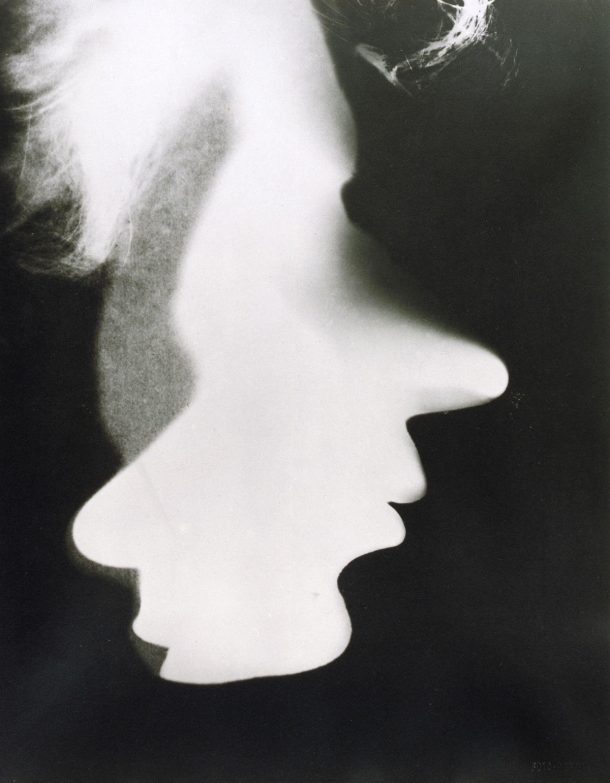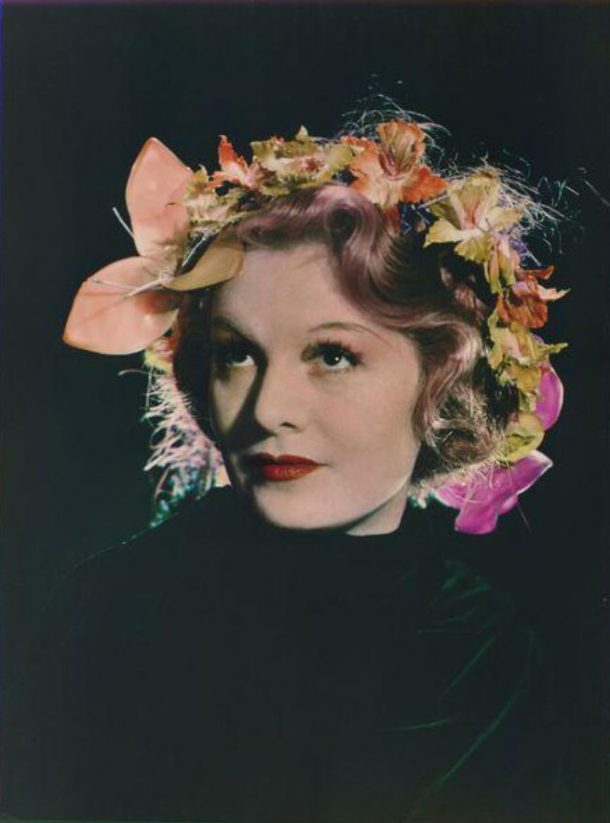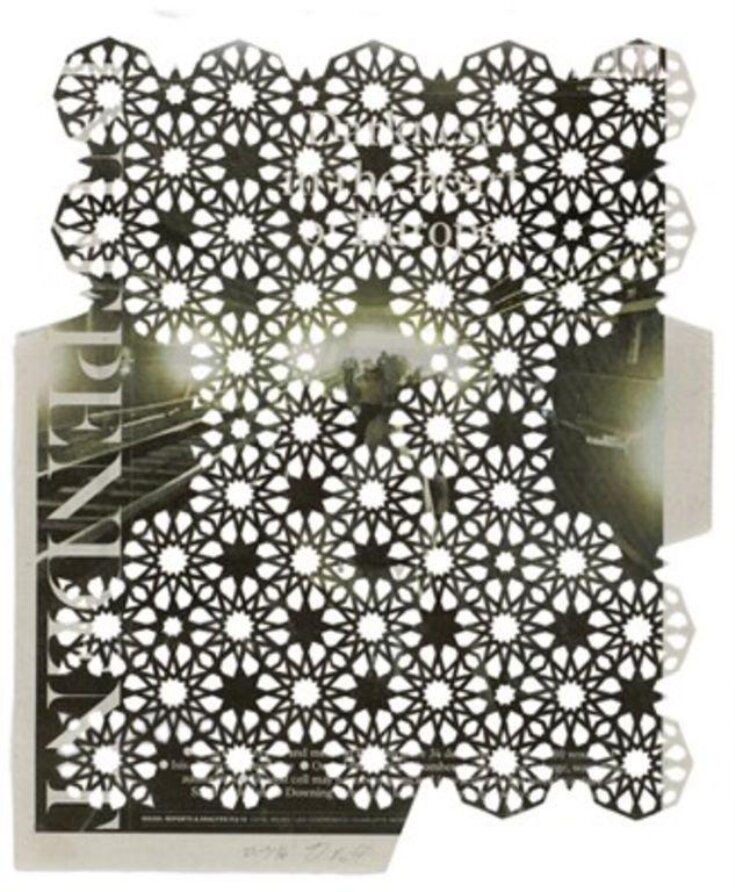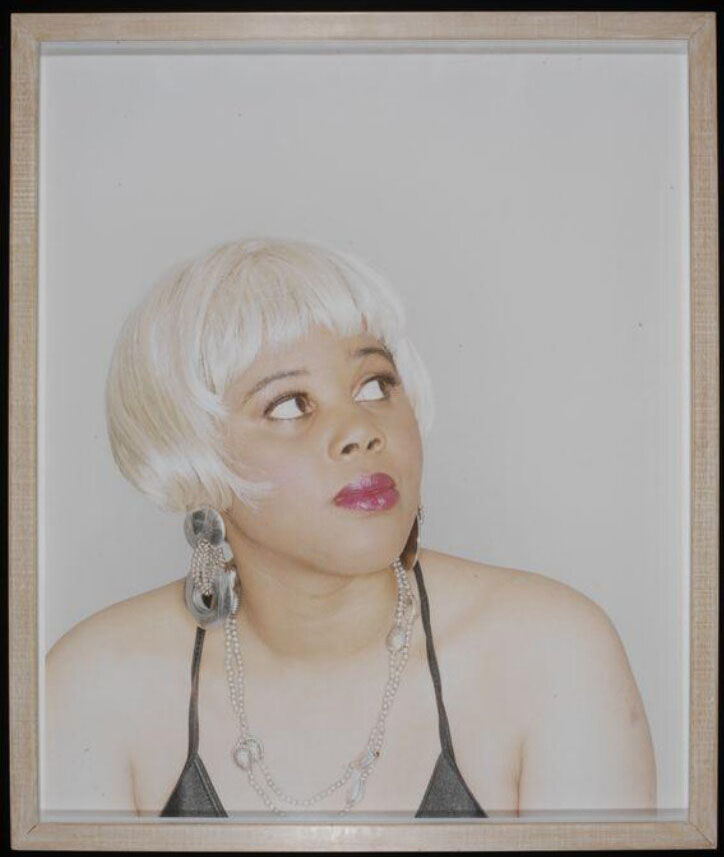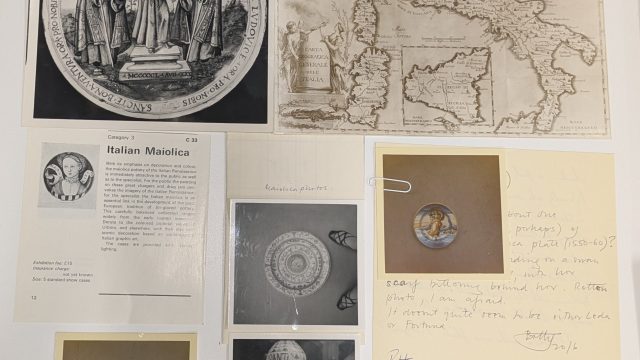I’m honoured to have been in post as the inaugural Curator of the Parasol Foundation Women in Photography Project for two months now, a period spent devising the strategy and objectives for this ambitious new curatorial program to support women in photography.
In line with the V&A’s wider commitment to be a more accessible, diverse and inclusive space for everyone interested in art and design, we aim to address historic gender imbalances by foregrounding and sustaining women’s practice in photography and investigating the role women have played throughout the history of the medium, including many significant positions here in South Kensington.
Through a wide-ranging program of acquisitions, research, education, displays and public events, we will focus on international contemporary practitioners and gaps in the historic collection, with a significant online presence to help reach and engage with new audiences. In April we launched the first of these digital initiatives through a dedicated Instagram account @vamparasolwomenphoto, a dynamic channel for our evolving program and space to highlight women photographers in the V&A’s extensive collection. We are also working to finalise our first project acquisition, to be displayed in 2023 alongside the launch of the new Photography Centre, and are considering longer term ambitions for books, exhibitions and displays, at the Museum and with partners.
We want the Parasol Foundation Women in Photography Project to be accessible, collaborative, and dynamic, providing a working resource and lasting legacy for artists and lovers of photography.
The beginnings of the project are rooted in the incredible wealth of 800,000 photographs in the V&A’s permanent collection. The history of the photography collection is connected closely with the museum’s first director Henry Cole; an amateur photographer who began collecting photography in 1856. In 1865, Cole would exhibit the work of celebrated British artist Julia Margaret Cameron, the only museum to do so in the photographer’s lifetime. Since the acquisition of the RPS collection in 2017, we are now honoured to have over 900 Cameron prints – the largest collection in the world.
Cameron’s career is much celebrated, but there are many 19th-century female photographers whose stories are lesser known. I was delighted to be introduced to the astonishing career of Isabel Agnes Cowper by Erika Lederman, cataloguer of photographs here at the museum, and leading expert on the extraordinary work of Cowper, the V&A’s second ‘professional’ photographer. Cowper took on the role of ‘Official Museum Photographer’ in 1868 upon the death of her brother, Charles Thurston Thompson, and was to hold the role until her resignation 23 years later. Cowper’s craft and ability to capture still life in exquisite detail is evidenced in over 180 images held in the photographs collection; ranging from architectural details of the Museum and its sister buildings to ceramics, sculptures, jewellery and lace, of which she had a particular talent. Some of my favourites include the hauntingly beautiful waistcoats, which feel like a portrait, minus the sitter.
Another wonderful discovery is the work of Kate Gough, a British Victorian who documented her life through photo-collage and album-making, a common practice among aristocratic women during the nineteenth century. Gough pasted images of her family and surroundings onto the album’s pages, while referencing popular thought, religion, pastimes, friends and literature. The vaguely surrealist album remained in her care until her death in 1948 and was donated to the V&A by her nephew in 1963.
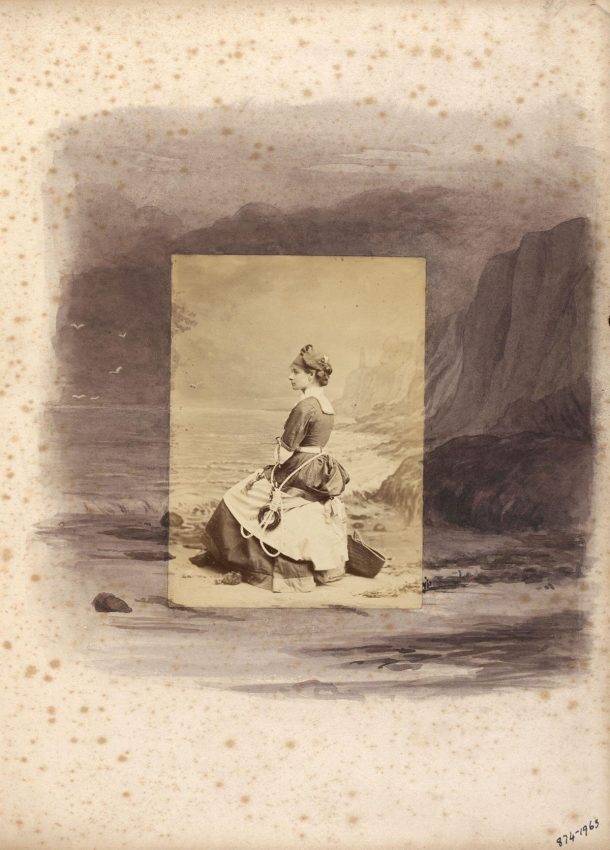
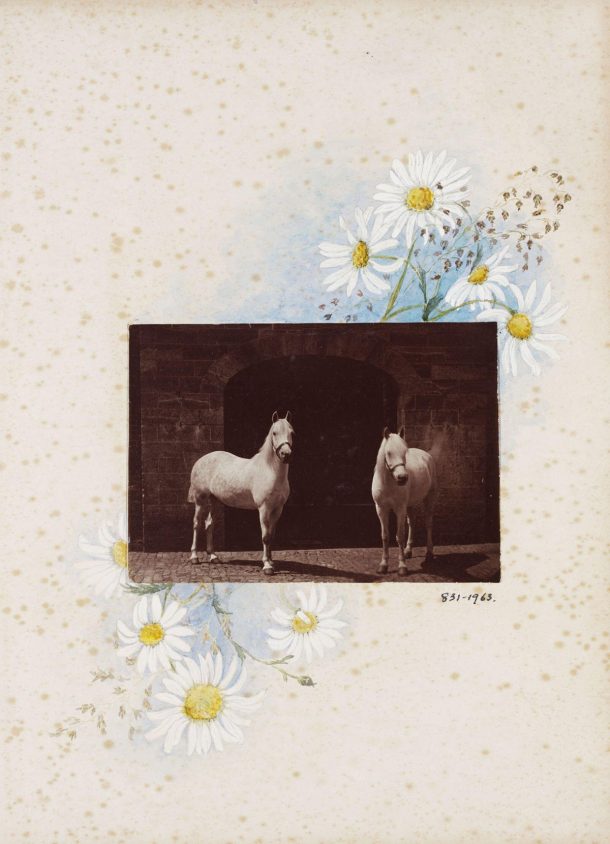
After the turn of the century, photography enjoyed an expansion period following the First World War as European photographic studios became more accessible. In the 1920s and ’30s, many women photographers such as Lee Miller, Ilse Bing, Margaret Bourke White began to play important roles in the burgeoning editorial market, working for prestigious magazines such as Life and Ladies Home Journal. Artists like Lucia Maholy and Madame Yevonde pioneered experimental camera (and cameraless) techniques, including early colour processes such as Vivex, much favoured by Yevonde.
From the 1960s to present day, the museum has continued to collect and display works by important female photographers, though it is clear that more can and should be done to recognise women’s substantial contribution to the history of the medium.
In our current display Known and Strange, a variety of contemporary approaches to photography are represented through recent acquisitions of women photographers, such as Donna Ruff’s cut outs of newspaper photographs which challenge how mainstream media report on global events, and Klea McKenna’s photogram relief, an image unconnected to the ‘taking’ of a picture, favouring instead elements of magic and risk.
A recent focus for acquisitions has been artists from the Global South, including the ‘Centralia’ series from Indian artist and activist Poulomi Basu. Her work joins a growing number of important works by women of colour, including Maxine Walker and Ingrid Pollard, collected via our ongoing work with Autograph ABP. Increasing the diversity and representation of our collections and program will be a large component to our project aims, to ensure our work better reflects the globalisation and diaspora of both art and society.
With thanks to Ms. Ruth Monicka Parasol and the Parasol Foundation Trust.




